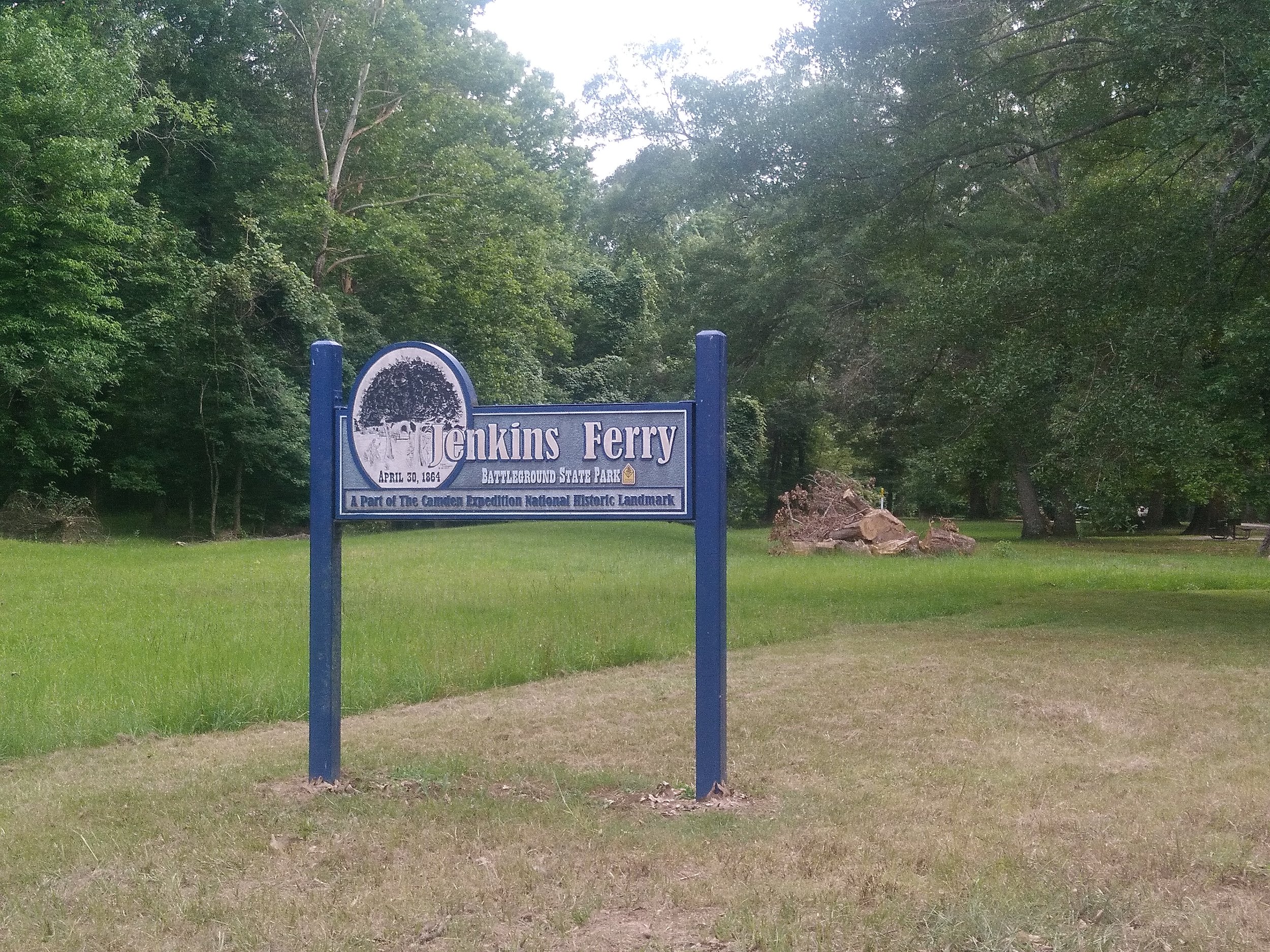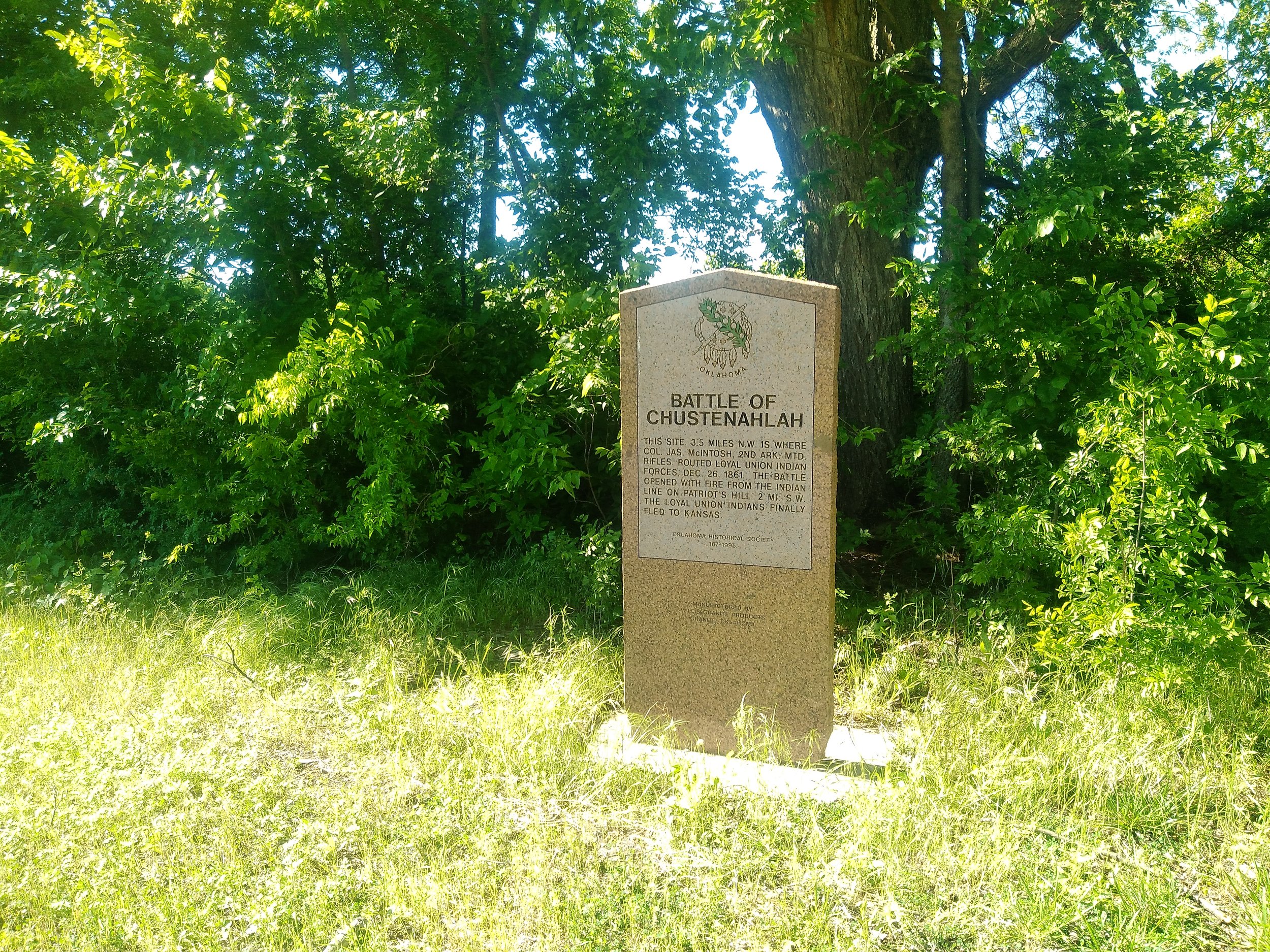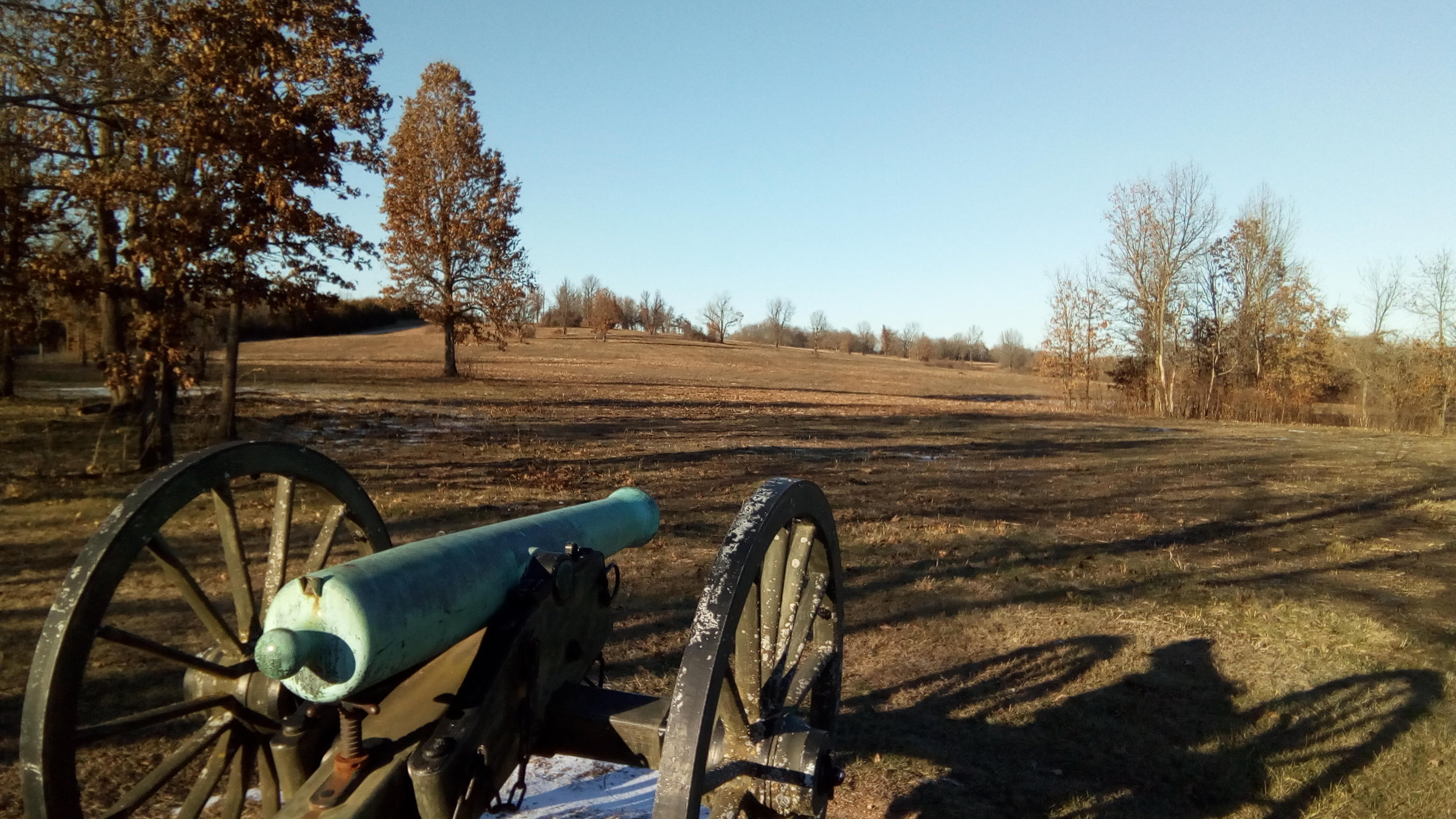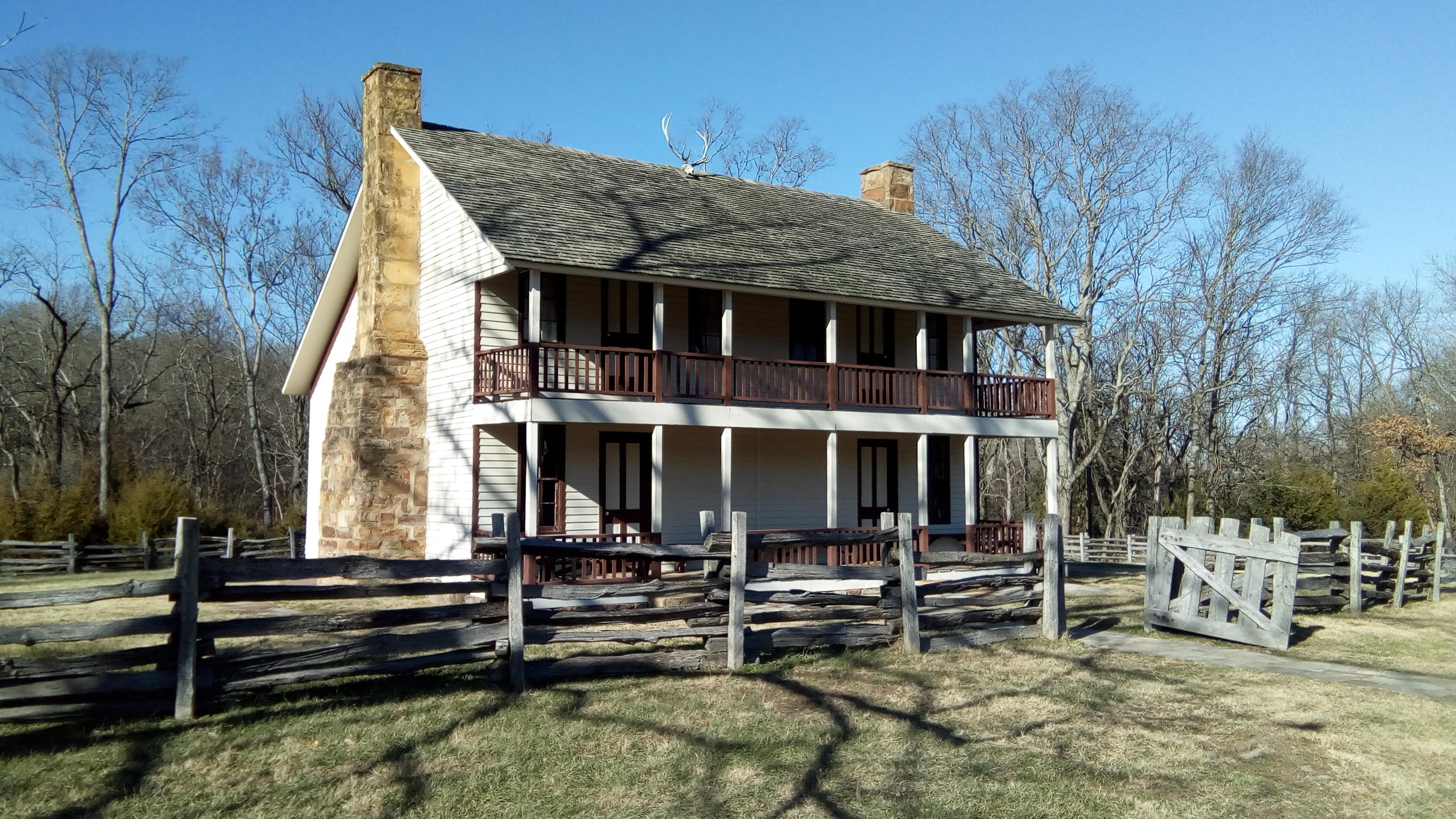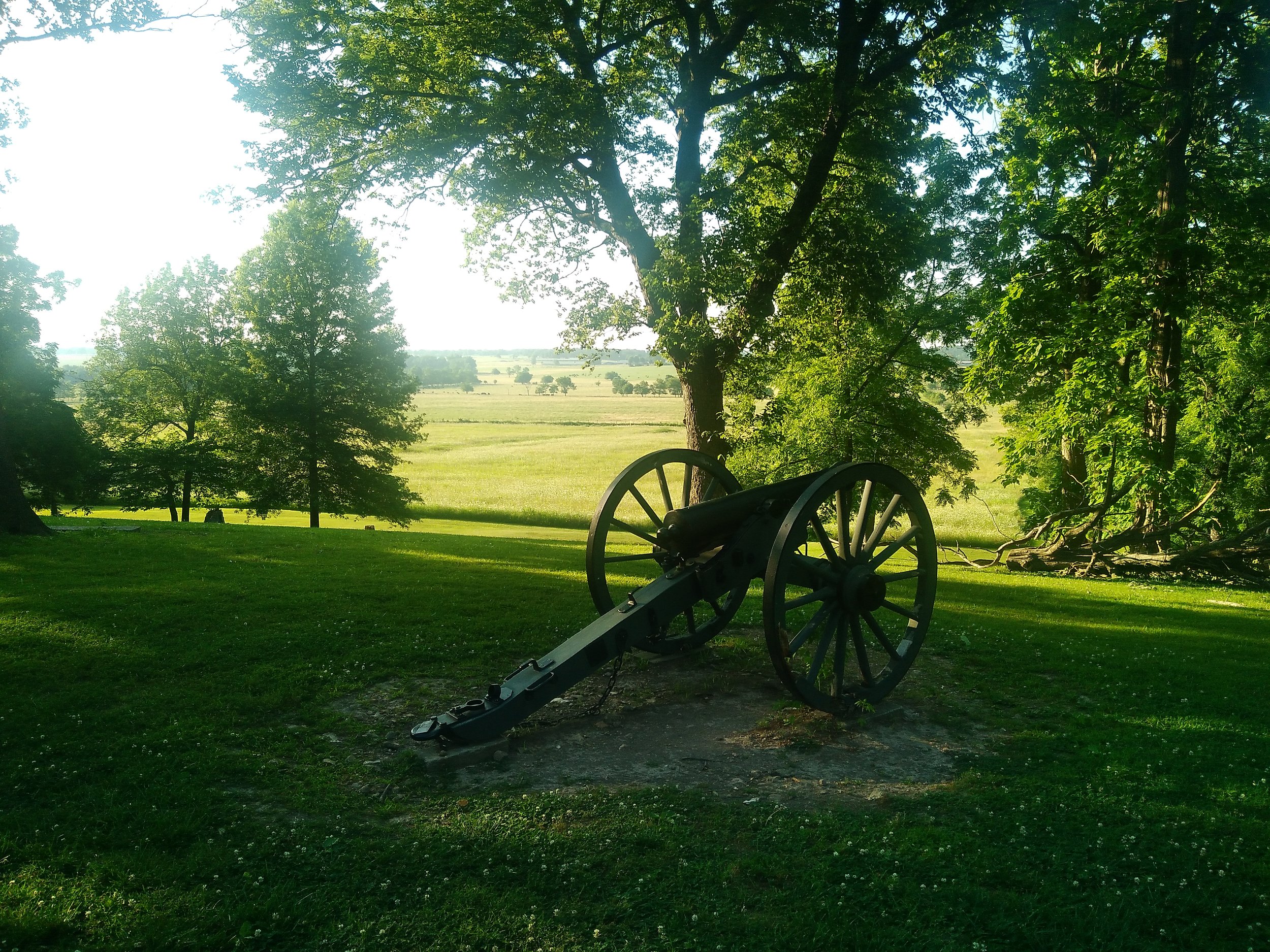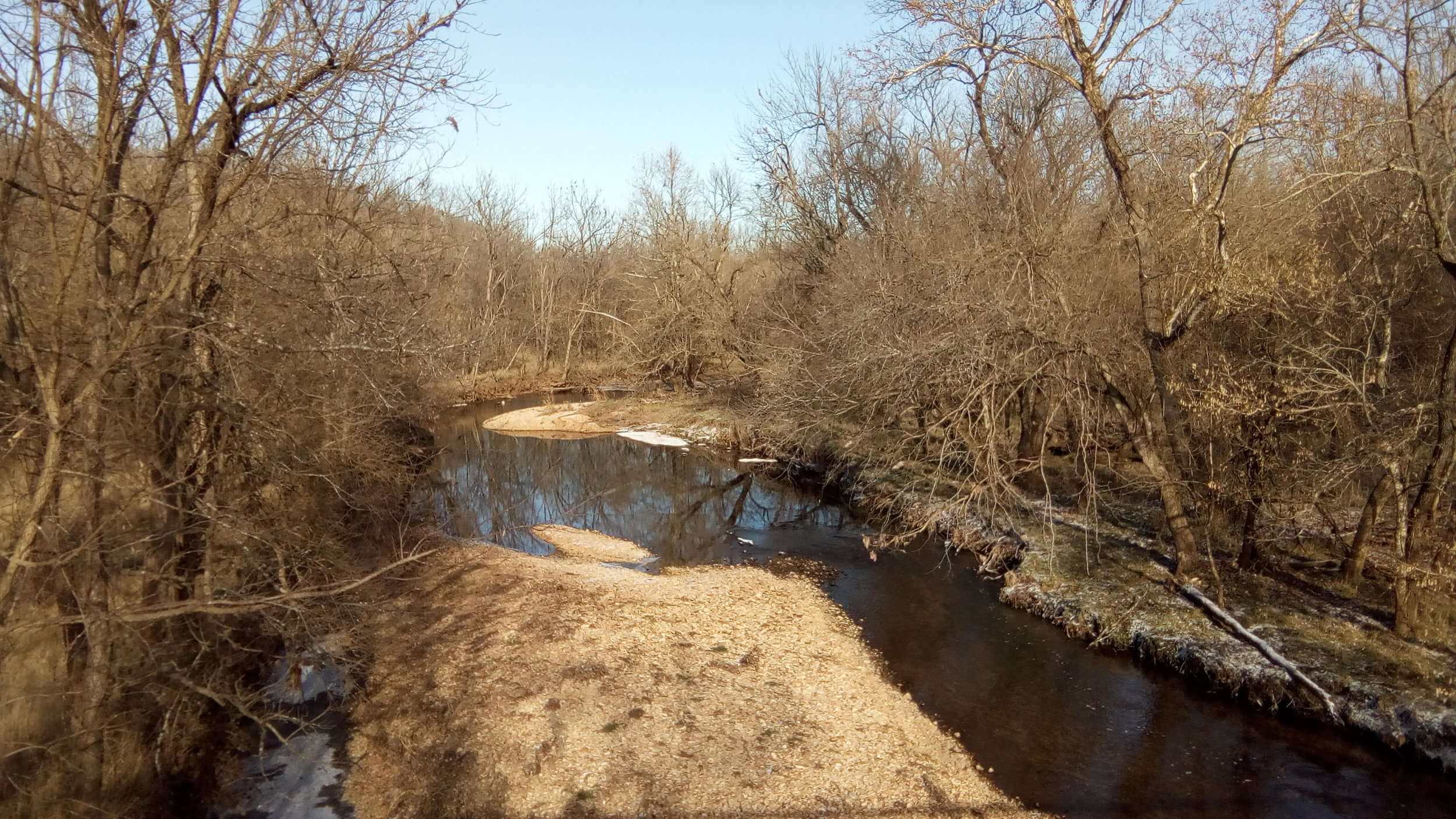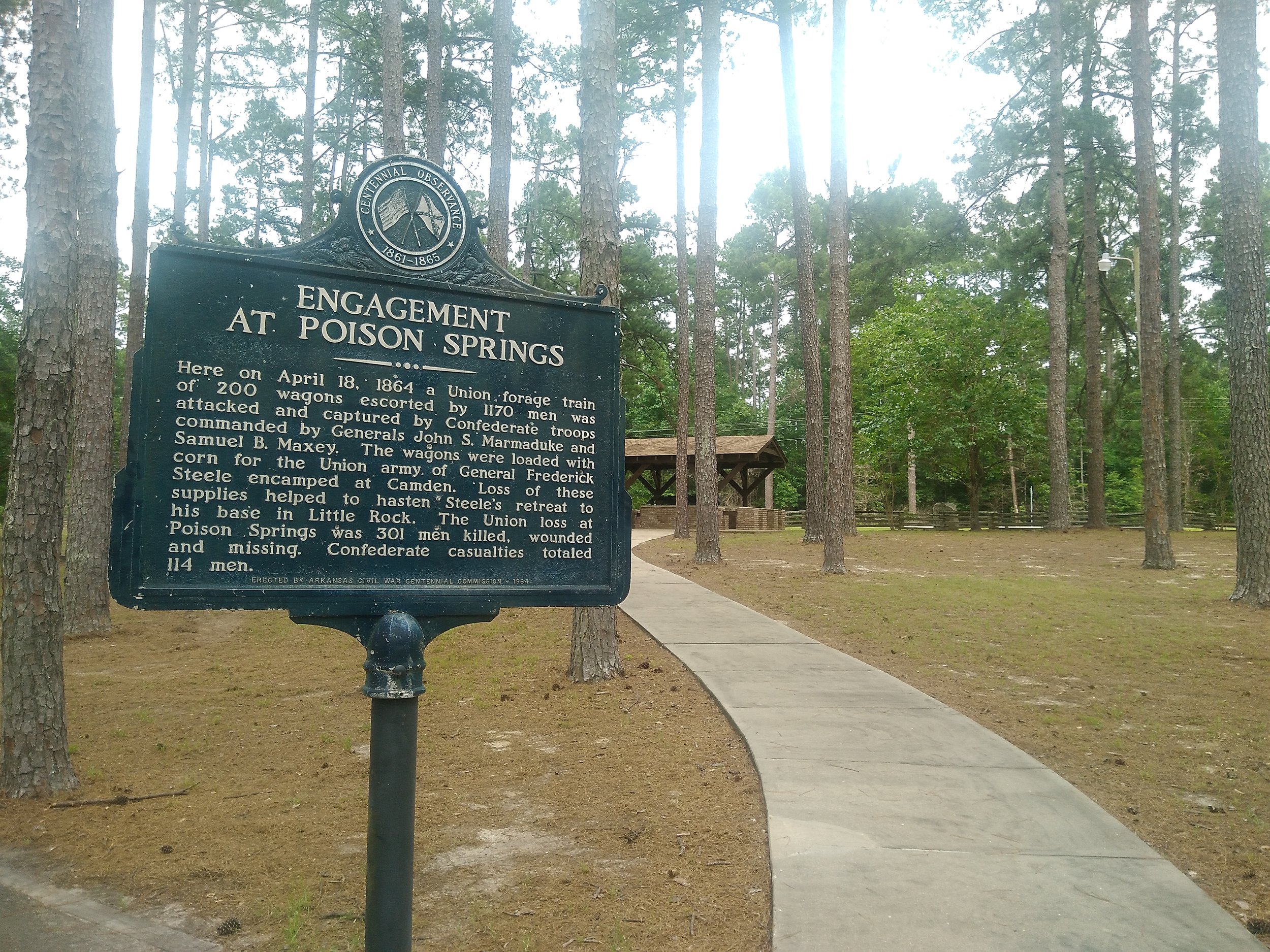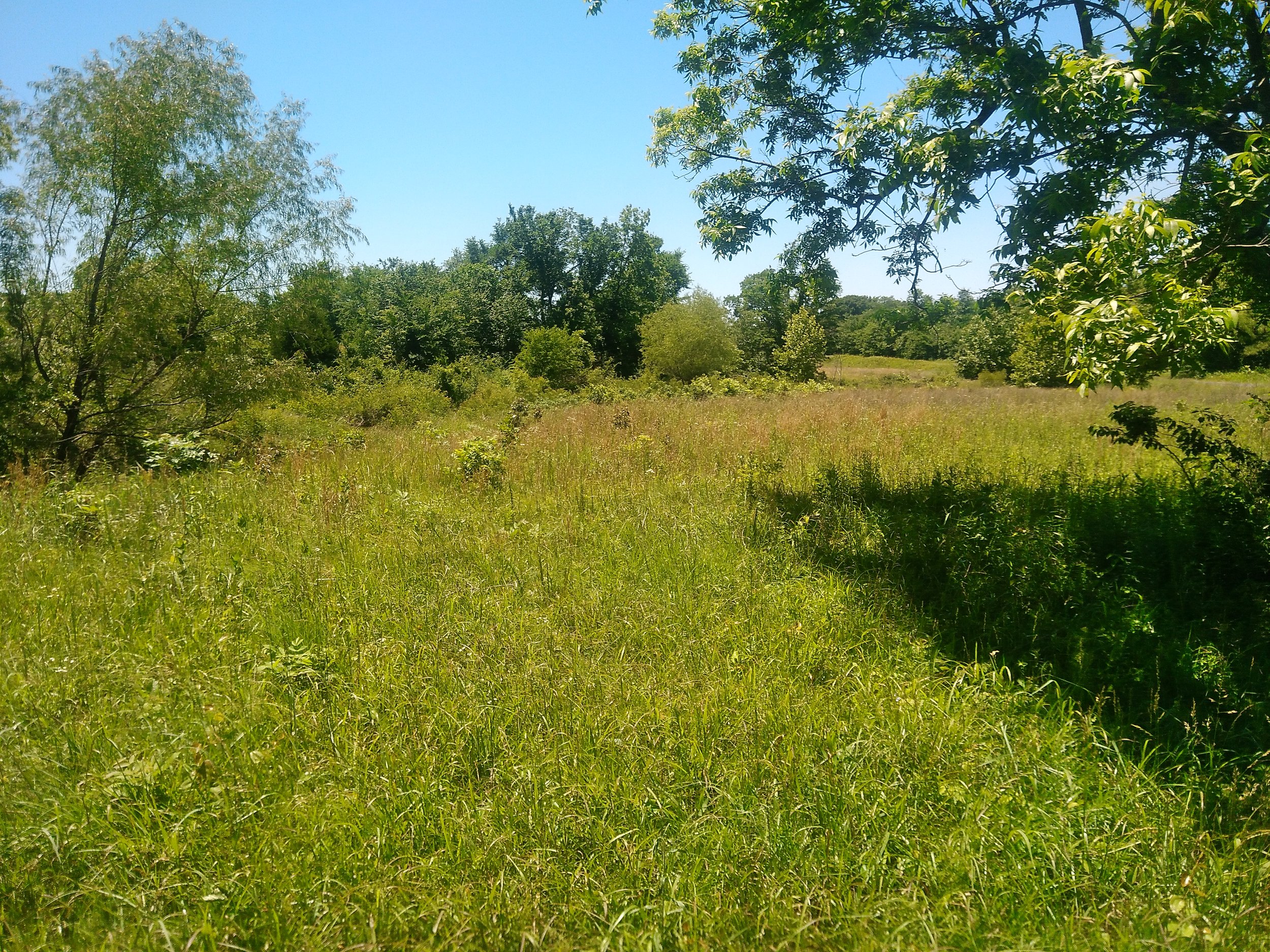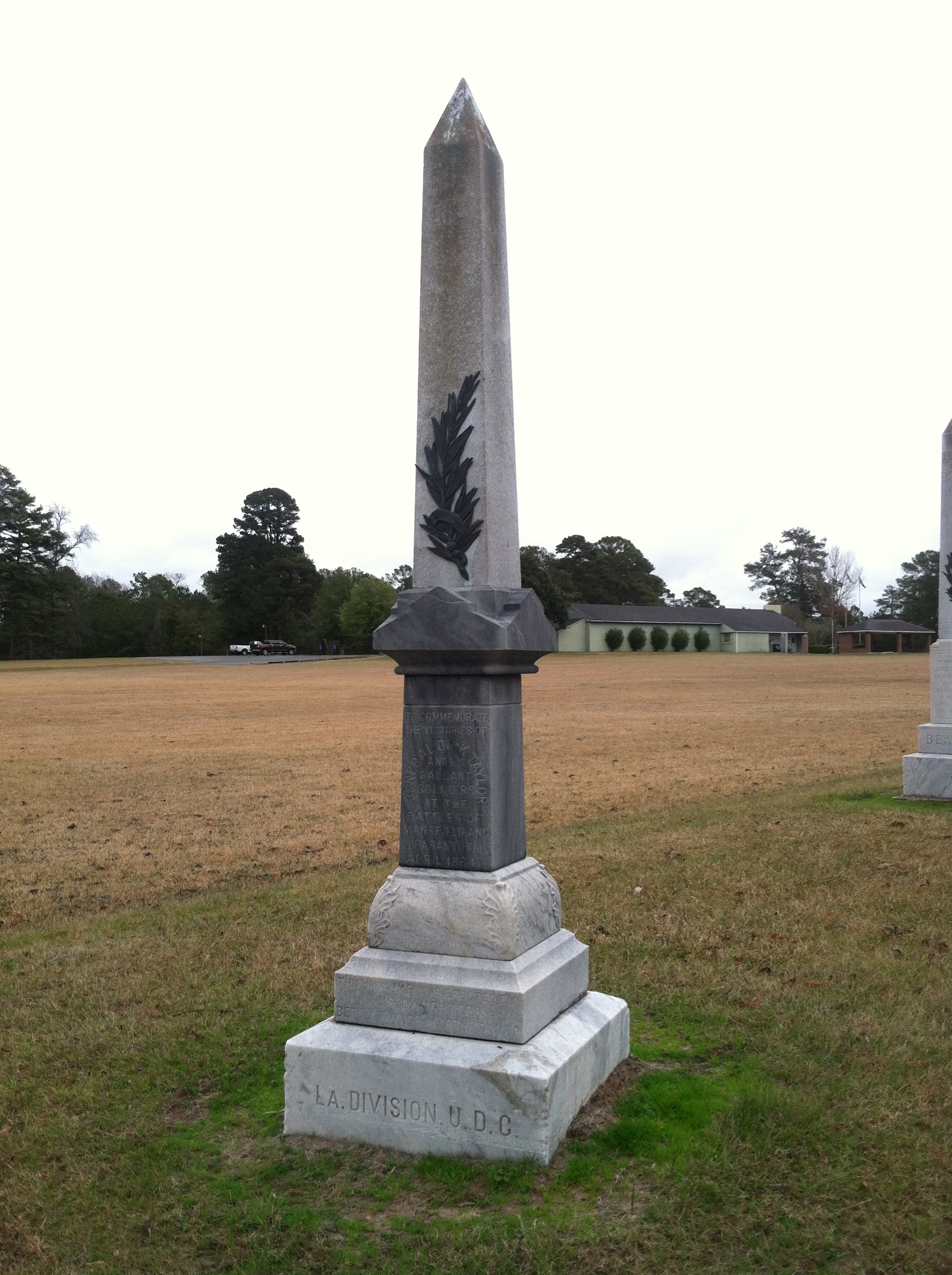The Civil War's Bloodiest Battles West of the Mississippi River
/Introduction
Some years ago, I picked up a copy of Attack and Die: Civil War Military Tactics and the Southern Heritage by Grady McWhiney and Perry Jamieson. The book makes two major arguments. First, Confederates assumed the tactical offensive far more than their Federal counterparts, which resulted in massive casualties the Confederacy could ill afford. Second, Confederates took the offensive as a result of Southern and Celtic culture. “The Confederates favored offensive warfare because the Celtic charge was an integral part of their heritage.”
It was a controversial and problematic book, rightly ravaged by scholars who tore apart the supposed Confederate-Celtic tactical link. Grady McWhiney’s Neo-Confederate politics probably didn’t help. Yet I found the first part of the book—which thoroughly detailed the Confederate’s propensity for the tactical offensive in the Eastern and Western Theaters—fascinating. Confederate offensives produced staggering casualty rates; as McWhiney and Jamieson argued, “The Confederates had murdered themselves.”
Their work inspired me to look at battlefield data from my own area of research, the Trans-Mississippi Theater. With the exception of Pea Ridge, the Trans-Miss hardly registers a blip in McWhiney and Jamieson’s work, a slight somewhat indicative of the field at large. Seldom do scholarly eyes gaze west of the Mississippi. Yet mine have, and I set out to uncover some basic data and answer some basic questions about the Civil War west of the river.
What were the bloodiest battles of the Civil War in the Trans-Mississippi?
What were the largest battles within the Trans-Mississippi?
Which Trans-Mississippi battles were the costliest for each side?
Did taking the tactical offensive in the Trans-Mississippi produce victories for the aggressor?
What might this data tell us about Civil War scholarship?
With a set of research questions in place, I set out to compile statistics and explore the resulting data.
The Methodology
The first step to this project was coming up with a list of engagements to examine. To avoid complete subjectivity, I began by looking at the Civil War Sites Advisory Commission’s list of engagements. The CWSAC was a 1990 Congressionally-appointed committee meant to “identify significant Civil War sites, determine their condition, assess threats to their integrity, and offer alternatives for their preservation and interpretation.” Their resulting report, available online, is a treasure trove of information. The Commission identified 384 “principal battlefields” in the Civil War, and divided them into four categories based on their importance: Class A, Class B, Class C, & Class D.
To create a core list of major Trans-Mississippi battles, I began by selecting all Class A & B engagements. Class A battles are defined as those which played a decisive influence on both the campaign and directly influenced the war’s course; Class B battles had a direct impact on the campaign. There were twenty-two Class A & B battles in the Trans-Mississippi. From this base, I began selectively altering the list, adding several battles of notable size that didn’t make the Class A/B cut (Jenkins’ Ferry, Poison Springs, Arkansas Post, Yellow Bayou, Chusto-Talasah). I also wanted an element of chronological and geographic diversity, which led to a few more battles making the list (Mine Creek, Palmito Ranch).
I likewise removed a few battles from the core list. Several engagements simply consisted of the capture of garrisoned forces, rather than a serious engagement (Forts Jackson & St. Phillip, Fort DeRussy). Other battles were politically or strategically significant but relatively minor military clashes (Bayou Fourche, Prairie De Ann, New Orleans, Byram’s Ford). Several clashes were small naval-land operations, rather than traditional battles (Galveston, Sabine Pass).
My result is a list of 21 major engagements within the Trans-Mississippi. While I hope that my reliance upon the CWSAC database, along with common-sense alterations, have produced a solid list, I’m sure there are other engagements worthy of inclusion. I view this little analysis and this post as fluid, and I hope to periodically update it, both by increasing the running list and steadying the figures with scholarly casualty counts. Please feel free to (gently) recommend any glaring omissions in the comments below, or just those engagements you’d like to see included out of curiosity/interest.
Twenty-One Major Trans-Mississippi Engagements
Armed with a list of battles, I now needed to glean some basic data about these engagements: forces present, forces engaged, casualties on both sides. This turned out to be far trickier than I imagined. I wanted to avoid Wikipedia and Google as much as possible. I also wanted to avoid the usual scholarship on Civil War casualty counts (William Fox & Thomas Livermore). These sources can be unreliable.
Instead, I drew upon the go-to campaign and battle studies for these engagements whenever possible, grounding the data in solid estimations of forces and casualties. For larger and more famous engagements (such as Pea Ridge), this task was easy enough. Tracking down hard casualty counts for smaller engagements proved more difficult. Moreover, for a number of these battles, scholars are in dispute over what the casualties should be. For example, estimations for combined casualties at the Battle of Westport have traditionally ranged between 3,500-5,300. More recent scholarship, however, argues the figures should be much lower, below 1,000. That’s a big difference. Even when scholars agree, there’s always the caveat that wartime officers routinely bloated enemy casualty counts and often minimized their own in reports, making our estimations just that…estimations. It’s very possible that the casualties commonly cited could be off by the hundreds, maybe even the thousands (again, the Westport example is illuminating and worrisome).
Figuring out the number of soldiers engaged vs. present at some of these battles was nearly impossible, so I’ve simply listed the number of soldiers present. This of course means that some of these battles may have been bloodier than the percentages might suggest, because only a portion of the forces present were engaged. Again, I hope to hone these figures over time, but for now, the data simply reflects total present forces.
I also needed to account for engagements where the majority of casualties were captured. As I mentioned above, this led me to remove a few smaller engagements from the list entirely and for others, I only tabulated battle casualties, not forces captured.
Thus, the figures below come primarily (but not exclusively) from scholarly works. The figures are in some cases rough estimations, and they may not always adequately reflect forces engaged vs. forces present. The “Sources & Further Reading” section will reveal what studies I drew upon. I’m open to suggestions for more precise casualty figures or scholarly references.
The Data
Bloodiest Battles within the Trans-Mississippi
Let’s return to the opening questions! What was the bloodiest Civil War battle within the Trans-Mississippi Theater? There are two basic ways to answer the question: bloodiest battle by total casualties, and bloodiest battle by casualty percentage.
The ten bloodiest battles of the Trans-Mississippi by total forces killed, wounded, and captured: Pea Ridge, Arkansas (3,384); Mansfield, Louisiana (3,335); Prairie Grove, Arkansas (2,734); Pleasant Hill, Louisiana (2,695); Wilson’s Creek, Missouri (2,539); Helena, Arkansas (1,856); Jenkins’ Ferry, Arkansas (1,700); Mine Creek, Kansas (1,360); Belmont, Missouri (1,247), and Arkansas Post, Arkansas (1,201).
Bloodiest Battles of the Trans-Mississippi, Total Casualties
The top of this list isn’t too surprising, and it suggests that those few Trans-Miss battles that have penetrated into wider Civil War consciousness have done so for a reason. Pea Ridge and Wilson’s Creek are arguably the two most well-known Trans-Mississippi battles, in part due to their protection as National Park sites. Prairie Grove is also a fairly well-known engagement.
Mansfield and Pleasant Hill are far more intriguing battles, however. From my personal experience during my time with the NPS and in visiting with Civil War buffs and scholars, I think Mansfield/Pleasant Hill are less known among the Civil War community. Yet oddly, the Red River Campaign probably enjoys more campaign studies (though not yet a detailed tactical study) than any other Trans-Miss campaign. Seriously, you could fill a shelf in your library with Red River Campaign books alone. It’s odd.
The tremendous bloodshed of Mansfield/Pleasant Hill, however, suggests that such studies are warranted, and that perhaps these engagements should be better-known among buffs. Honestly, I question whether they should really even be considered two separate battles: they were fought by roughly the same armies, on consecutive days, just a few miles apart. If we consider them as more or less one engagement, this is hands down the bloodiest battle in the Civil War Trans-Mississippi: close to 6,000 killed and wounded over two days (nearly double the casualties of Pea Ridge). Today, the battleground is a very well-run Louisiana State Park just south of Shreveport and is well worth a visit (though not all the battleground has been preserved, unfortunately). When one considers that the 1864 Camden Expedition in Arkansas (culminating in the Battle of Jenkins’ Ferry) was a corollary campaign to the Red River Campaign, the importance of these 1864 offensives grows even larger.
Looking at the bottom half of the list, most of these battles are familiar as well. Included via suggestion in the comments below (thanks!), Belmont in Missouri proved a bloody debut for Ulysses S. Grant. I was admittedly surprised to see Westport excluded from the top ten (it was 11th). Westport is often touted as the largest battle of the Trans-Mississippi. But Kyle Sinisi and others have made a convincing case that scholars have bloated the casualty count at Westport. It should be remembered, however, that Westport was merely the most prominent in a string of battles near the end of Sterling Price’s 1864 raid: Byram’s Ford, Marais des Cygnes, Mine Creek, and others all occurred within a few days of each other. Indeed, the massive cavalry clash at Mine Creek stands out as the costliest battle of Price’s Raid, not Westport. The destructiveness of Price’s Raid isn’t reflected in a single day engagement, but collectively it was grueling.
The other striking, though perhaps not surprising, thread among all these battles is that they all take place along the Missouri-Arkansas-Louisiana corridor. The Trans-Mississippi was a vast theater (one soldier dubbed it a “lonely Dixian realm”), and engagements were fought in many far-flung corners of it. But the primary military campaigns were waged for control of the critical border state of Missouri, the logistical and political hubs of Arkansas and northern Louisiana, and for control over the Mississippi River and its tributaries.
A different list emerges when one looks at the bloodiest battles in the Trans-Miss by casualty percentage of all forces present: Mansfield, Louisiana (16%); Helena, Arkansas (15.8%); Pea Ridge, Arkansas (14.6%); Wilson’s Creek, Missouri (14.4%); Mine Creek, Kansas (14.3%); Jenkins’ Ferry, Arkansas (14.2%); Belmont, Missouri (14.2%); Prairie Grove, Arkansas (14%); Valverde, New Mexico Territory (11.2%); and Pleasant Hill, Louisiana (10.9%).
Bloodiest Battles of the Trans-Mississippi, Percentage
To be sure, familiar names again pop up. That both Mansfield and Pleasant Hill make the top 10 once again underscores the brutality of that campaign, with Mansfield perhaps being the bloodiest battles west of the Mississippi River! The inclusion of Pea Ridge, Wilson’s Creek, and Prairie Grove is also no surprise.
Yet names less familiar to general audiences also make an appearance. The disastrous Confederate assaults upon Helena probably deserve greater scholarly scrutiny. The Confederate invasion of New Mexico peaked on the bloody battlefield at Valverde, only to crumble a month later at Glorieta Pass. And once again, Belmont warrants inclusion on this list. (If you see a battle you think belongs, please let me know below!)
Largest Battles within the Trans-Mississippi
What were the largest battles within the Trans-Mississippi by total forces present?
Well, if my numbers are correct, the fight for Arkansas Post may actually edge out Westport as the largest battle of the Trans-Mississippi. I’m a little skeptical of my numbers here, frankly, so I’ll continue to dig to get better data on how many troops were present/engaged at these battles. As it currently stands, my list presents the largest battles as: Arkansas Post, Arkansas (37,931); Westport, Missouri (30,500); Pleasant Hill, Louisiana (24,693); Pea Ridge, Arkansas (23,250); Mansfield, Louisiana (20,800); Prairie Grove, Arkansas (19,500); Wilson’s Creek, Missouri (17,556); Jenkins’ Ferry, Arkansas (12,000); Helena, Arkansas (11,775), and Pilot Knob, Missouri (10,500).
Largest Battles of the Trans-Mississippi
Costliest Battles for The Union & Confederacy
With these numbers, what were the costliest battles for the United States and Confederate States respectively in the Trans-Mississippi? For the U.S., Poison Springs and Wilson’s Creek stand in a tier among themselves. Poison Springs (28.7%) is a bit of an outlier, as after the battle Confederates massacred Union African-American soldiers. Wilson’s Creek (24.2%), however, was just a slug-fest; 1-in-4 Union soldiers were casualties. Mansfield (18.6%), Jenkins’ Ferry (17.5%), and Belmont (16%) round out the top five. Three of these battles were Confederate victories: Poison Springs, Wilson’s Creek, and Prairie Grove. Jenkins’ Ferry and Prairie Grove were costly Federal victories.
For the Confederacy, the disastrous assault on Helena stands out; 1-in-5 Confederates became casualties. Mine Creek (18%) , Pea Ridge (15.3%), and Pleasant Hill (13%) round out the top five. With the exception of Pleasant Hill (a tactical stalemate that ended in a Federal retreat), all of these battles were Confederate defeats.
As the lists above suggest, Union forces usually fared worse than their Confederate counterparts in major Trans-Mississippi engagements, suffering on average 12.5% casualties to the Rebels’ 9.5%.
Was the Tactical Offensive Worth it?
From our list of twenty-one Trans-Miss battles, the Confederacy assumed the tactical offensive in fifteen of those engagements! This does suggest Confederate generals west of the river possessed the same predilection for the offensive as their counterparts to the East. Yet the results of their aggression were decidedly mixed. Taking the offensive in fifteen major battles, the Confederacy won seven and lost eight. The Federals assumed the offensive in six major engagements, winning four and losing two.
Taking the tactical offensive did generally produce higher casualty counts for the attacker, to the tune of 3.44% for the Confederacy and 1.15% for the Union.
In short, the data suggests that taking the tactical offensive was no guarantee for victory (although battles are won and lost for innumerable reasons). Taking the offensive was likely to produce higher casualty rates by percentage than the defending force.
Parting Shots
Overall, I think the data confirms a lot of what we know:
Most of the Trans-Mississippi’s major campaigns were waged for control of the Missouri-Arkansas-Louisiana corridor and the Mississippi River.
The few battles that have permeated Civil War consciousness—places like Wilson’s Creek, Pea Ridge, Prairie Grove—were some of the largest and bloodiest engagements in the region.
Frequently written about but nevertheless overlooked, Civil War battles in Louisiana—Mansfield, Pleasant Hill, Yellow Bayou—probably deserve a more conspicuous place in our memory.
The Confederacy favored the tactical offensive frequently, but there’s no indication that taking the offensive was a guarantee of victory. It was, however, likely to produce a higher casualty count by several percentage points.
I also want to think about what these figures don’t show. One might glance at these numbers--the size of battles, the casualty figures—and scoff in comparison to battles in the Eastern and Western Theaters. Trans-Mississippi campaigns were dwarfed by their eastern counterparts in size and scope.
Yet much, if not most, of the fighting in the Trans-Mississippi was not shaped by formal campaigns conducted by large armies, but rather it was dominated by smaller, more mobile regular forces, garrison troops, and guerrillas. For example according to the CWSAC, the states with the most Civil War battles are Virginia (123), Tennessee (38), Missouri (29), Georgia (28), Louisiana (23), North Carolina (20), Arkansas (17), and Mississippi (16). The high number of battles in Missouri, Louisiana, and Arkansas hint at the significant number of engagements in the region, even if they were small in size.
Moreover, these numbers don’t take into account the hundreds (if not thousands) of nameless skirmishes in the piney woods, hills, bayous and prairies of the Trans-Mississippi West. As a modern wave of guerrilla scholars have shown, guerrilla violence plagued the Trans-Mississippi borderlands. Perhaps guerrilla war was the dominant form of Civil War west of the Mississippi. The impact of guerrilla violence is absent from these figures.
Hopefully scholars will continue to explore the war in the region and bolster our understanding of how the Civil War west of the Mississippi River reflected and contrasted the experiences, strategies, and outcomes of the war to the east.
*5/30/2019 Update: The original post incorrectly included the Battle of Baton Rouge in the study; Baton Rouge actually sits on the east side of the Mississippi, ironically making it part of the Western Theater. At the excellent suggestion of a commentor below, the post was also updated to include the Battle of Belmont, Missouri, which in fact was one of the bloodiest battles by both total casualties and percentage.
Zac Cowsert currently studies 19th-century U.S. history as a doctoral candidate at West Virginia University, where he also received his master's degree. He earned his bachelor's degree in history and political science at Centenary College of Louisiana, a small liberal-arts college in Shreveport. Zac's research focuses on the involvement and experiences of the Five Tribes of Indian Territory (present-day Oklahoma) during the American Civil War. Zac has published in the Chronicles of Oklahoma, North Louisiana History, and Hallowed Ground (magazine of the American Battlefield Trust). He has also worked for the National Park Service at Fredericksburg & Spotsylvania National Military Park.
Sources & Further Reading
Christ, Mark K. Civil War Arkansas, 1863: The Battle for a State. Norman: University of Oklahoma Press, 2010.
Christ, Mark K., ed. “All Cut to Pieces and Gone to Hell”: The Civil War, Race Relations, and the Battle of Poison Spring. Little Rock: August House, 2003.
Forsyth, Michael J. The Camden Expedition of 1864 and the Opportunity Lost by the Confederacy to Change the Civil War. Jefferson, NC: McFarland, 2003.
Frazier, Donald S. Blood and Treasure: Confederate Empire in the Southwest. College Station: Texas A&M University Press, 1995.
Hughes, Jr., Nathaniel Cheairs. The Battle of Belmont: Grant Strikes South. Chapel Hill: University of North Carolina Press, 1991.
Hunt, Jeffrey William. The Last Battle of the Civil War: Palmetto Ranch. Austin: University of Texas Press, 2002.
Johnson, Ludwell H. Red River Campaign: Politics & Cotton in the Civil War. 1958. Reprint. Kent, OH: Kent State University Press, 1993.
Lause, Mark A. Price’s Lost Campaign: The 1864 Invasion of Missouri. Columbia: University of Missouri Press, 2011.
McWhiney, Grady and Perry D. Jamieson. Attack and Die: Civil War Military Tactics and the Southern Heritage. Tuscaloosa: University of Alabama Press, 1982.
Piston, William Garrett and Richard W. Hatcher III. Wilson’s Creek: The Second Battle of the Civil War and the Men Who Fought It. Chapel Hill: University of North Carolina Press, 2000.
Shea, William L. Fields of Blood: The Prairie Grove Campaign. Chapel Hill: University of North Carolina Press, 2009.
Shea, William L. and Earl J. Hess. Pea Ridge: Civil War Campaign in the West. Chapel Hill: University of North Carolina Press, 1993.
Sinisi, Kyle S. The Last Hurrah: Sterling Price’s Missouri Expedition of 1864. Lanham, MD: Rowman & Littlefield, 2015.
Winters, John D. The Civil War in Louisiana. Baton Rouge: Louisiana State University Press, 1963.


